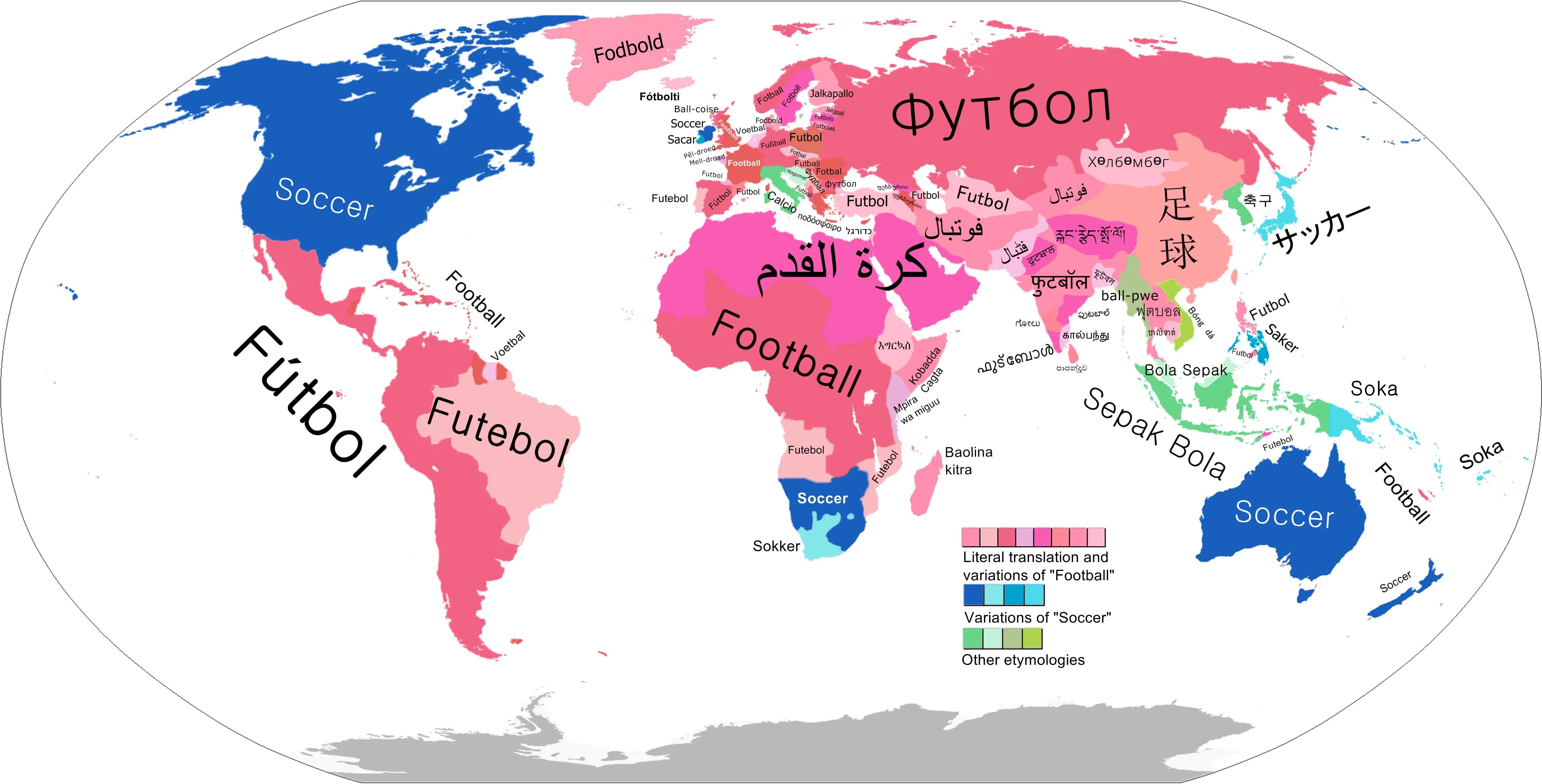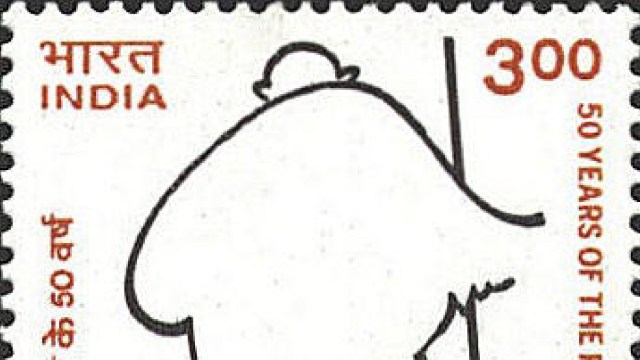380 – White Fright: Asia Looming Over Anglo-Australia

A youngster in breeches and an elderly man with a scythe, both white and together looking rather vulnerable, are playing dice against a team of unreliable-looking Asians. The object of their Great Game is on the board — Australia.
“Can the English-speaking peoples protect Australia as a white man’s country? They can to-day. But at a time when the energetic and capable Americans are very dubious whether they could even to-day protect the Philippines against a Japanese attack, it is not without pertinence to point out that any defense of Australia must be accomplished very far from the home bases of both Great Britain and the United States – and that an armed China would have enormous man-power at its disposal.”
(…)
“Equally obviously Premier Hughes fears, and fears rightly, that Japanese eyes are turned towards Australia. His speech breathes that fear throughout. But he pins his faith to the British Navy, to the Anglo-Japanese Alliance, and to an understanding with America. He appeals to America. ‘If she can not agree with Japan, how is she to help Australia?’ But does America really want to help Australia in the event of Japan’s insistence on freedom of entry? It has long been obvious to the thinkers of the great Republic that Japan must soon ‘find room somewhere for her rapidly expanding population’. And she is taking the necessary steps to preserve the purity of her own white race. But it does not follow that she is equally anxious about the purity of the Australian section of the European race. It is actually in the mind of many Americans that Australia, being the only empty area of any magnitude in the world, and more closely connected with Asia than any other land, is the natural sphere of Japan’s extension (…)”
This map was sent in by K. McIver who found it in a 1929 issue of the Literary Digest, an American weekly magazine best remembered for the rather ignominious circumstances of its demise. In 1936, based on its own polling of 10 million Americans, the magazine predicted a landslide victory in the presidential elections for Alf Landon against F.D. Roosevelt. FDR went on to win 46 out of 48 states, the polling became a textbook example of how not to poll, and the loss of credibility cause the magazine to first merge with another and even then still fail shortly afterwards. Literary Digest’s polling was skewed because it relied on databases of telephone subscribers and car owners – in those days, a demographic much better-off (and much less Democratic) than the American average.

Whether or not the magazine poll’s right of centre orientation has something to do with the tone of this particular article is questionable. Shocking as the overt xenophobia in the above quotes might seem, it was mainstream in much of the western world – even among the nations that would go on to defeat the virulently racist Axis powers in the Second World War. It could even be argued, in fact, that anti-racism only became an intrinsic part of the ‘western’ outlook because of that victory – and even then only rather gradually (vide the decolonisation of Africa and the Civil Rights movement in the US in the Fifties and Sixties, and the rather tardy establishment of – non-white – majority rule in South Africa in the Nineties).
Australian official racism was mainstream enough to be explicited in a White Australia policy, in operation from 1901 to 1973, restricting non-white immigration to Australia. The policy was aimed mainly against migration from Japan and China, countries which were seen as the biggest threat to white Australian homogenity due to their proximity and booming population. But anti-Asian migration restrictions were in force even before Australian federation in 1901; in that period, they were often the direct result of Australian trade union protest against Chinese, other Asian and Oceanic labourers ‘undercutting’ white working men’s labour conditions – an example either of how racism extends to even the supposedly “internationalist” left wing of the political spectrum, or of how the laudable defense of (native) white workers’ rights risks turning into something less than noble when those rights are defended against other workers who are forced to be less choosy about theirs.
Australia was not alone in restricting non-European immigration; the same applied, in varying degrees and timeframes, to other countries founded by Europeans in other parts of the world. Australia was one of the few countries, though, to make its white-only immigration policy such a centrepiece of its national political scene. As Prime Minister Stanley Bruce said during the 1925 election campaign: “We intend to keep this country white and not allow its peoples to be faced with the problems that at present are practically insoluble in many parts of the world.”
I am wondering which problems he was referring to at that time, at the height of Europe’s economic, if not colonial grip on the rest of the world.
“White Australia” was gradually relaxed after World War II, when the slogan Populate or Perish expressed the national mood more acutely. Racialism in immigration legislation was only explicitly forbidden in 1973, however. Immigration from Asian countries to Australia has increased markedly in recent decades, and Australia no longer is a lilywhite British Isle in the Pacific… but the UK remains one of the single largest sources of immigrants.
Many thanks to Mr McIver for sending in this map.





